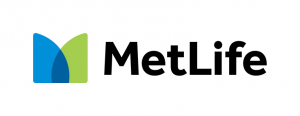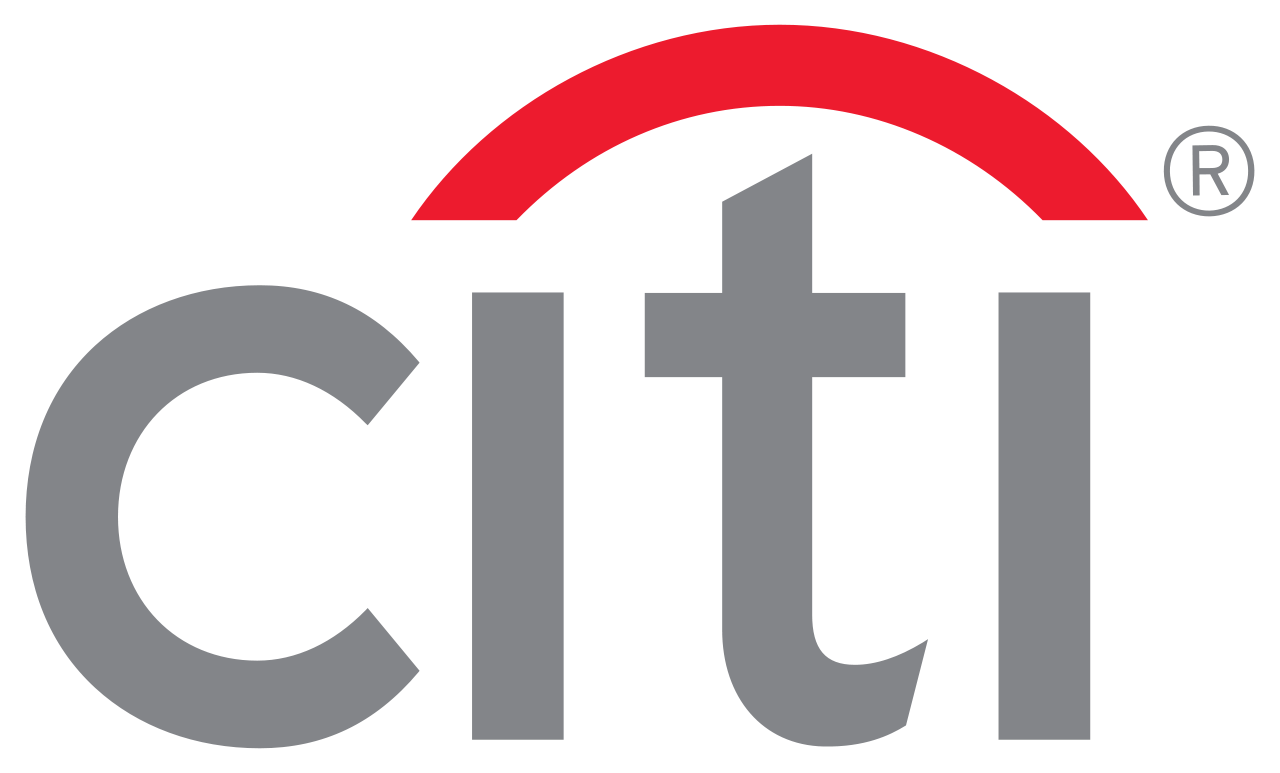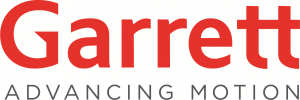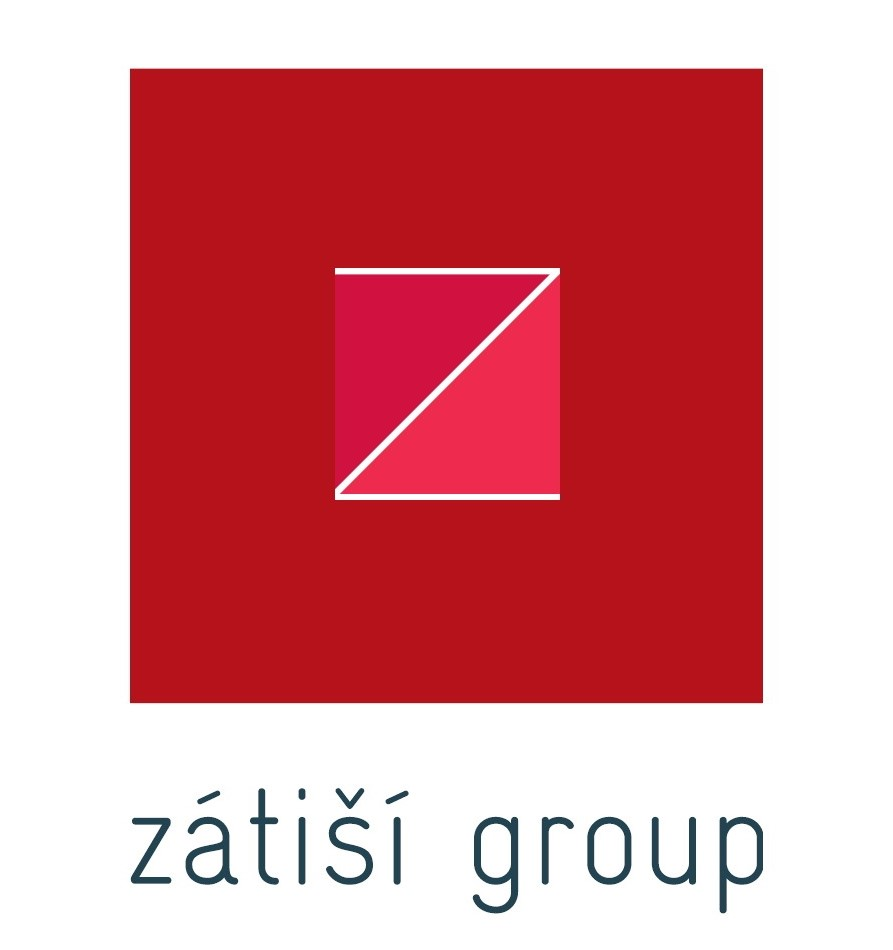Inflation to remain above 2%; GDP accelerated at year-end
3.02.2017Company: Amcham
Like its main business partners, the Czech economy is set to print a sound GDP growth figure for the last quarter of 2016. We expect growth amounted to 0.8% qoq, which in yoy terms represents 2.4%. Household consumption is set to remain the main driver of the economic advance. According to our estimates, this will be apparent even in December’s retail sales statistics, and other real economic indicators are also set to show decent results. January’s inflation will print 2.1% yoy, proving the December surge was not only a one-off spike. In our view, inflation will continue overshoot throughout 2017.
Czech GDP accelerated in the last quarter of 2016 to a solid 0.8% qoq from a subdued 0.2% in the third quarter. According to our forecast, economic dynamics were supported by all the main components on the demand side with the exception of volatile inventory build. The biggest push came from household consumption, but our models also show modest recovery in investment activity and a slight improvement in the external trade balance. For the whole of 2016, GDP should print at 2.5%.
Exporters benefit from strong external demand. We see that car registrations in the euro area still maintain favourable dynamics; Germany in particular shows sound demand for cars, although December’s trade balance is affected by negative seasonality as exports are influenced by holidays and imports are boosted by strong consumption. Moreover, commodity prices increased in December, pushing imports further up. All in all, the external trade balance will thus according to our estimate report a deficit of CZK5.9bn.
Industrial production has been gaining momentum. Several one-offs impeding industrial output growth dropped out. Both big refineries ran at full steam in December, and only one of the six nuclear reactors was shut down due to planned maintenance. Moreover, the production of the new Skoda model at the Kvasiny plant should proceed at full tilt. According to the Automotive Industry Association (AIA), December’s car production increased 9.9% yoy. Overall, we expect industrial production to maintain its sound dynamics from November and print 7.3% yoy growth for December.
Seasonal effects also enter the share of unemployed. After it hit its bottom at 4.9% in November, the share of unemployed increased in December to 5.2% and is set to increase another two ticks to 5.4% in January. After adjusting for the seasonal effect, the share of unemployed continues its decrease although the pace of its decline decelerates. The unemployment rate is already so low that we cannot expect it to drop much further. According to our forecast, this year it should find its bottom in June when the share of unemployed is set to print at 4.6%. Decreasing unemployment and decent wage growth have propelled into the rise of retail sales. In December, we expect sales to increase 6.6%.
Inflation to stay above 2% despite drop in gas prices
Inflation surged in December and hit the CNB’s 2% target. We do not think this was only a one-off spike. Inflation will remain above the 2% target throughout 2017, according to our fresh forecast (for a thorough analysis, see our Czech Economic Outlook, which you can download at bit.ly/CEO1q17EN).
In January, the price level increased 0.7% mom, according to our forecast. Fuel prices added 2.7%, in our view, still following the December swing in oil prices on the global market. Food prices continue their rapid growth started in November, while we estimate January’s increase at 2%. Yet, the most important driver, in our view, was core prices. We estimate their growth at 0.6% mom. There is a risk that the increase will be even more pronounced as there may be some lagged reactions to the introduction of electronic registration of sales. Price list changes are common at the beginning of the year, so there is notable seasonality connected to price increases in January. Administered prices also usually change at the beginning of the year. We expect a notable cut of gas prices for consumers. Overall, administered prices dropped 0.5% mom, according to our forecast.
In yoy terms, inflation should print at 2.1%. There is a strong statistical base effect in food and fuel prices, pushing inflation figures up at the beginning of this year. In contrast, inflation is impeded by a drop in administered prices.
Tags: Economics | Finance |







